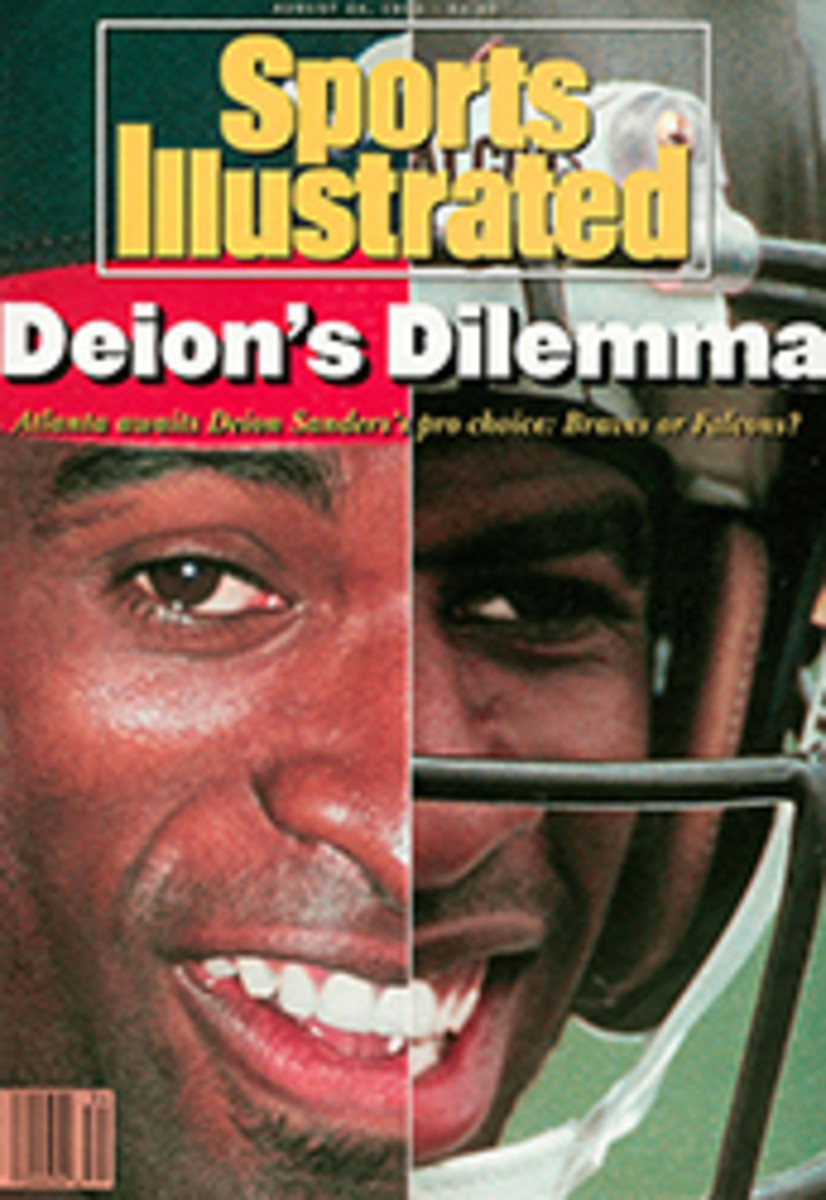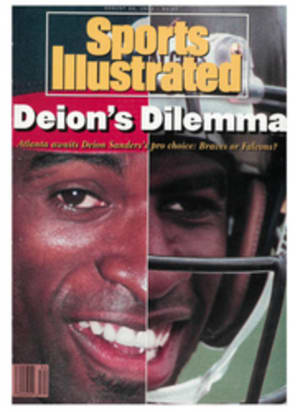
An Indian for a Day
Today I am Lou Boudreau. IT IS Cleveland in 1946—the year Bill Veeck took over as owner of the Indians, the year after Bob Feller returned from war service to set a league record by striking out 348 batters.
Actually, it's not really 1946, and I, of course, am not a professional ballplayer—I only play one on TV. In fact, if you happen to be flipping around the channels on Sept. 17, you can catch me roaming centerfield or manning third base at Cleveland's old League Park on ABC's Homefront. (Mercifully, my stint at shortstop never made it to celluloid.)
For those who haven't seen the show, Homefront is a drama set in the fictional Ohio town of River Run just after World War II. One of its lead characters, Jeff Metcalf (played by Kyle Chandler), is a rookie outfielder struggling for a spot on the '46 Indians. As a native Clevelander and devoted Tribe fan, I was intrigued by the chance to watch an Indian team that wasn't woeful. I phoned the folks at Homefront, and upon hearing of my fondness for their program, they asked if I might like to play a member of that Cleveland squad. The invitation gave new meaning to the oft-used baseball phrase "making it to the show."
The morning after I arrived in Hollywood, I had an eight o'clock call, as we "in the business" like to say. My first stop was a trailer where Emmy-nominated barber Jerry Gugliemotto used three types of electric clippers and several generous dollops of Brilliantine to lube my 'do in the style of the day. Then I slid down to the next chair and let Nora de la Torre, onetime personal makeup artist to Ricardo Montalban, paint my face. She selected a cream base and something called mellow yellow to hide the gray cuticle-shaped bags beneath my eyes.
The Homefront staff takes great pride in making sure almost everything on the show looks authentic. "The only intentional error we've made," says executive producer Bernie Lechowick, "is using a shot of that big rotating neon Chief Wahoo sign in Cleveland—which didn't go up until 1962." Even the costume designers are sticklers for detail, eschewing last season's outdated '45 uniform because it had a small war patch on the left sleeve.
Not far from the show's soundstages on the Warner Bros. lot in Burbank. a community ballpark has been fitted with a section of old-style outfield wall complete with advertising billboards. As I wandered up the first base line, someone grabbed me and began slapping my clean uniform with what appeared to be a sack of shaved chocolate. "It's sanitary dirt," he said, oxymoronically.
Finally, it was time. Chris Chulack, the show's director and producer, came over to discuss my big scene: Chandler was going to drop a pop fly in rightfield after getting stung by a bee, and I was to bolt into the frame, pick up the ball and throw a rope to second base. Right. It had been 10 years since I had played competitive baseball, making the chance of my throw hitting the second baseman's glove in less than six hops about as slim as my stirrups.
"Don't worry," said Chulack. "We create illusion."
Indeed, they attempted to create this illusion for nearly two hours, shooting the scene first from up close and then from further back. After my second toss technical adviser Chuck Fick, a former minor league catcher and the backstop in the film Naked Gun, came to my aid. He told me to exaggerate the motion the way they did in the '40s, to really follow through, with my elbow ending up at my hip.
Eight or nine takes later, with balls sprayed across the infield, Chulack let us know the camera was going to pan back to shoot wider. Now there would be an actual play at second—on film—and I really had to try to get the ball there quickly. Chandler gave me a pat on the back and told me not to worry. If I missed, he said, they could shoot the scene again. And again. And again.
Once Chulack shouted, "You're doing great. Is your arm O.K.?"
Sure it was O.K.; didn't it look O.K.?
He smiled (I think), and after a few more takes we were finished. As Chandler and I trotted to the dugout, California sunshine glinting off the Lemo soft-drink sign in rightfield, I told him this was the time of my life. Playing on the '46 Indians—Boudreau, Feller, Bob Lemon, me. "You know they finished sixth," he said.
Not important.
The next morning I sat in Chulack's office as we reviewed rough-cut footage. "Actually, I'm kind of happy about this," he said. "Maybe next time we'll even let you throw the runner out."
PHOTO
V.J. LOVERO
Jaffe, in '40s flannels, leaves the makeup trailer.

